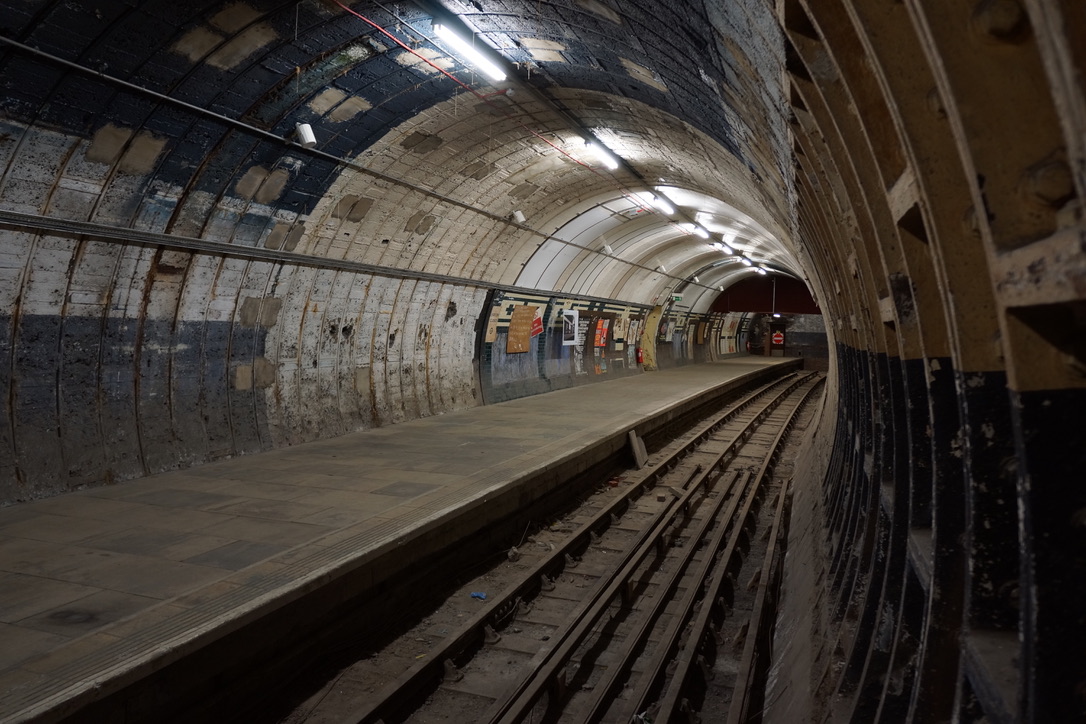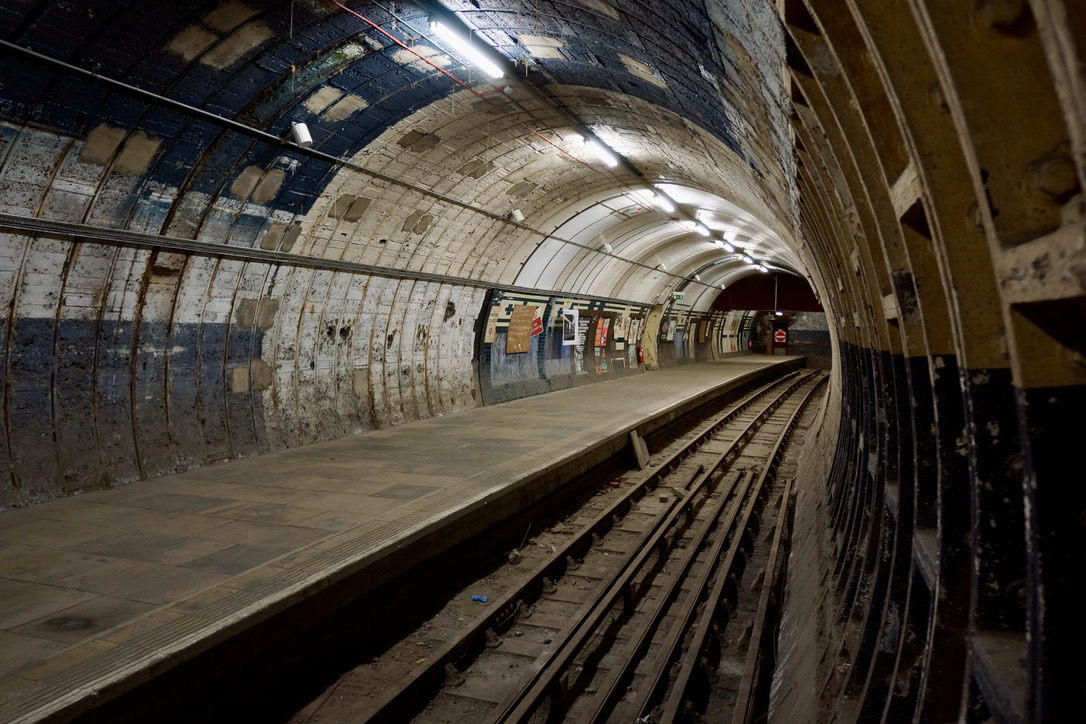
Discovering London’s Hidden Gems: Abandoned Tube Stations You Can Actually Visit
London is a city steeped in history, mystery, and a whole lot of quirky charm. While many flock to the iconic attractions like Buckingham Palace and the Tower of London, there’s an intriguing underbelly to this vibrant city that often goes unnoticed: its abandoned Tube stations. These forgotten platforms and tunnels are not just remnants of the past; they are stories waiting to be told. Some are even accessible to the public! So, grab your explorer’s hat, and let’s delve into the fascinating world of London’s hidden, abandoned Tube stations.
A Brief History of the London Underground
Before we embark on our tour of the abandoned stations, it’s essential to understand the illustrious history of the London Underground. Opened in 1863, it was the world’s first underground railway, initially designed to ease the congestion of horse-drawn carriages on the city’s streets.
Over the decades, the Tube expanded rapidly, with new lines and stations popping up all over the city. However, with the changing times, some stations became less frequented, leading to their eventual closure. Today, many of these abandoned stations sit in a time capsule, preserving the essence of an era gone by.
The Allure of Abandoned Stations
Why do abandoned places hold such a fascination? Perhaps it’s the blend of nostalgia and intrigue. Each shuttered station tells a unique story – a reminder of the bustling life that once filled its walls. From ornate tiles to vintage posters, these sites are like open-air museums that provide a glimpse into London’s past.
The Must-Visit Abandoned Tube Stations
While many abandoned stations are closed off to the public, some offer special tours, making them accessible for curious adventurers. Here’s a round-up of some hidden treasures you can visit.
1. Aldwych Station
Aldwych station, located in the heart of the West End, is one of the most famous abandoned stations, often featured in films and TV shows for its eerie atmosphere. It opened in 1907 and was designed as a terminus for the Strand. The station was closed in 1994, and today, you can visit it as part of special tours hosted by the London Transport Museum.
During the tour, you’ll get to see the well-preserved architecture, including the beautiful original tiles and the charming old ticket office. There’s even a chance to explore the disused platform and learn about the station’s fascinating history, including its use during World War II as a bomb shelter.
2. Charing Cross (Low Level)
Charing Cross Station, a major interchange for London commuters, has an intriguing secret beneath its bustling surface. The low-level platforms were closed in 1999, leaving behind a forgotten world of Victorian elegance. While regular access is not available, guided tours are organized by the London Transport Museum, allowing you to step into a world of vintage charm.
What makes Charing Cross particularly interesting are its stunning architectural features, including beautiful mosaics and grand arches. The station’s past is woven with tales of greatness, from the glamorous events it hosted to the stories of those who passed through its doors.
3. Down Street
Nestled between Green Park and Hyde Park Corner, Down Street is a lesser-known abandoned station that offers a unique glimpse into the Great War era. Closed in 1932, it was briefly used as a secret war headquarters for Winston Churchill during World War II.
A visit to Down Street is like stepping back in time. The station retains many original features, including the vintage signage and tiling. Though access is limited, special tours are occasionally conducted by the London Transport Museum, making it an exciting opportunity to explore an undiscovered piece of history.
4. Earl’s Court (Old Station)
Earl’s Court has a bit of a dual identity. While the station still serves the public, the old station, which was closed in 1994, lies dormant just a stone’s throw away. This station is particularly exciting for railway enthusiasts, as it showcases the evolution of the Tube over the years.
The old Earl’s Court station features original art deco designs and offers a fascinating insight into the architectural styles that defined the early 20th century. Although public access is limited, special events and tours are sometimes held, revealing the rich tapestry of Earl’s Court’s history.
Planning Your Visit
If you’re eager to embark on this underground adventure, here are some tips to consider:
Check Tour Schedules
Many of the abandoned stations require prior bookings for tours. The London Transport Museum, in particular, organizes various events throughout the year. It’s best to check their website regularly for updates and availability.
Dress Appropriately
Exploring these hidden spaces often requires some walking and navigating through less-than-perfect conditions. Wear comfortable shoes and dress appropriately for the underground atmosphere, which can sometimes be chilly.
Be Mindful of Restrictions
Access to these abandoned stations is regulated to preserve their historical significance. Always follow guidelines and instructions provided during tours to ensure a safe and respectful visit.
The Magic of the Underground
Beyond the historical significance and architectural beauty, there’s something truly magical about stepping into these abandoned stations. They serve as reminders of the city’s evolution and the tales of countless lives that intersected at these platforms.
Each visit can spark conversations and ignite imaginations. Imagine the stories they could tell if walls could talk! Whether you’re a history buff, an architecture enthusiast, or simply looking for a unique experience, exploring these hidden gems is a fantastic way to connect with London’s vibrant past.
Conclusion
In a city as bustling and dynamic as London, it’s easy to overlook the quiet whispers of history nestled within its abandoned Tube stations. These forgotten platforms tell tales of yesteryear, inviting us to step back in time and experience the rich heritage that lies just beneath our feet.
So, if you find yourself wandering the streets of London, take a moment to contemplate the hidden stories of the Tube. With special tours available, you can dive deep into the city’s history and uncover the mysteries of the past. Who knows, you might just find your new favorite spot in the vibrant tapestry that is London!

